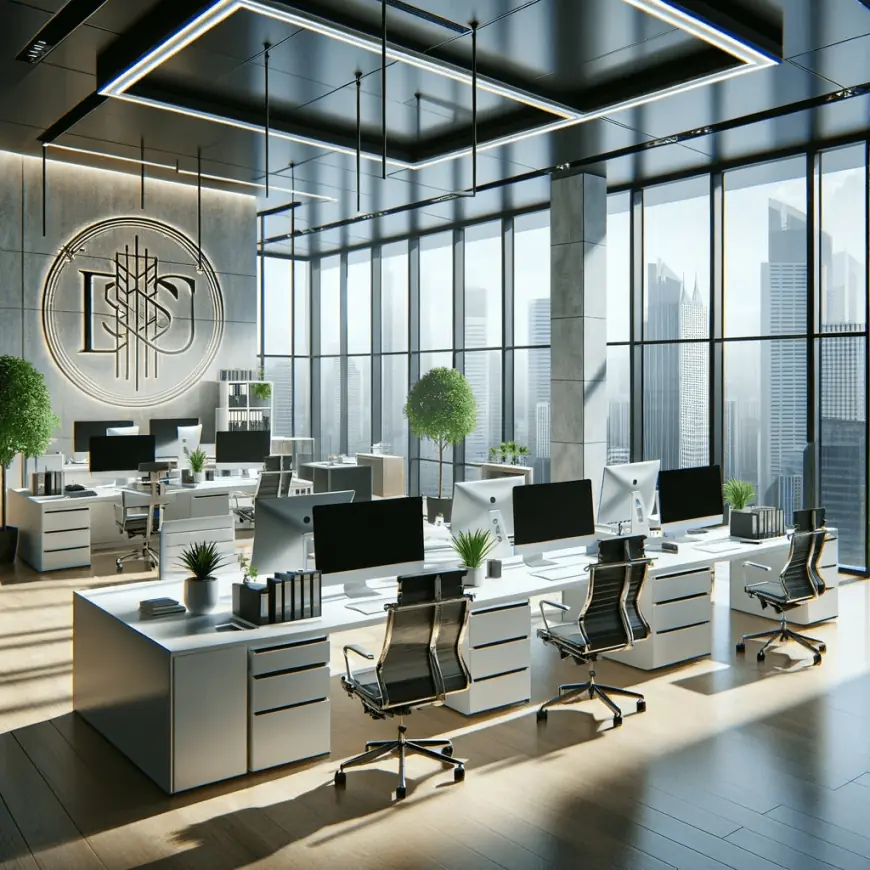Cost Breakdown: What Drives Your Office Renovation Budget?

If you notice some office renovations stay within your budget while others spiral out of control. Renovating a workspace is exciting, but understanding the costs involved often feels confusing. By breaking down the main elements that impact the budget, businesses can make smart decisions and avoid financial surprises. Below is a clear guide to the primary factors that influence how much you will spend when hiring a Winnipeg office renovation contractor.
Size of the Office Space
The most obvious factor is the size of the area being renovated. A larger workspace demands more materials, time, and labor, which naturally increases the price. For example, renovating a 1,000-square-foot office with basic upgrades is far more affordable than transforming a 10,000-square-foot floor with custom workstations and meeting rooms.
Before starting, measure your floor plan and define the exact zones that require updates. This helps your office renovation contractor provide a realistic cost estimate, minimizing future surprises.
Quality of Materials and Finishes
Do you want premium wood flooring or simple vinyl tiles? The cost of your upgrade rises based on the kind of materials chosen for the floors, walls, ceilings, and fixtures. High-end finishes create a luxurious impression, but they also increase expenses quite rapidly.
In many cases, contractors suggest a blend of durable yet cost-effective materials for heavy-use areas and higher-end touches in client-facing zones. This keeps the renovation stylish without exploding the budget.
Scope of Construction and Structural Changes
Moving walls, installing partitions, or changing the layout affects more than just the looks. Structural changes often require permits, additional inspections, and expert design input. These tasks cost significantly more than cosmetic adjustments like painting or lighting updates.
Clients planning open-concept workspaces or private cabins should speak early with their office renovation contractor to understand the expenses tied to demolition, framing, and reconstruction.
Mechanical, Electrical, and Plumbing (MEP) Work
Switching to modern lighting, upgrading wiring, or rearranging air-conditioning ducts can raise costs fast. Plumbing adjustments also add complexity. Even minor changes require skilled technicians who follow strict safety codes.
Next, energy-efficient systems can cost more during installation but usually deliver long-term savings through reduced utility bills. Still, these upgrades should be budgeted clearly to prevent overspending.
Labor and Project Timeline
Skilled labor often makes up a large portion of your total renovation budget. Tight deadlines or after-hours work requires paying staff overtime or bringing in larger crews. This is especially true for busy city projects, where building management limits work hours.
In addition, an experienced Winnipeg office renovation contractor may charge more upfront but typically completes tasks on time and avoids costly mistakes. Reliable labor maintains quality, which often reduces long-term repair expenses.
Design Fees and Professional Services
Architects, designers, and project managers charge separate fees. Their expertise ensures the space looks modern and functions smoothly, yet their services add to the final amount.
For companies working with limited budgets, hiring a design-build firm can be efficient. Here, the designer and office renovation contractor work under one roof, potentially reducing both cost and communication delays.
Permits, Inspections, and Compliance
Commercial renovation projects often require permits and inspections from local authorities. Fees vary based on the scope of work and the building’s age. Projects in older buildings may need extra checks for safety upgrades or asbestos testing.
Compliance may feel troublesome, but skipping this step can lead to heavy penalties or delays. Honest budgeting should include those official costs to avoid setbacks mid-project.
Furniture, Fixtures, and Equipment (FF&E)
Desks, storage cabinets, meeting tables, light fixtures, and equipment also play a role in the overall cost. Custom furniture, ergonomic seating, or branded installations generally carry a higher price tag.
Many businesses choose standard modular furniture to balance cost and function. Others invest in tailored pieces for long-term use and a distinctive appearance. Talking openly with your office renovation contractor about priorities helps align your selections with your available funds.
Unexpected Contingencies
Even with solid planning, surprises can appear once construction starts. Mold, cracked pipes, or outdated wiring might require urgent repairs. Building a safety buffer of at least 10–15 percent protects your budget from these unplanned expenses.
A responsible Winnipeg office renovation contractor will always recommend keeping this contingency aside for peace of mind.
Final Thoughts
Understanding what drives your office renovation budget allows you to make confident and informed choices. Space size, materials, MEP updates, labor, and unforeseen complications all impact the final figure.
Planning wisely and communicating clearly with your office renovation contractor will ensure you achieve a refreshed, efficient workspace without financial stress.
FAQs
1. What are the main factors that affect an office renovation budget?
The primary elements influencing costs include the size of the office, quality of materials and finishes, structural or layout changes, mechanical/electrical/plumbing (MEP) work, labor, design fees, permits, furniture, and unforeseen contingencies.
2. How does the size of my office space impact renovation costs?
Larger spaces require more materials, labor, and time, which naturally increases the budget. Accurately measuring and defining renovation zones helps contractors provide realistic cost estimates.
3. Why do material choices influence the overall cost?
Premium flooring, fixtures, and finishes increase expenses compared to standard options. Many contractors recommend a balanced approach, using durable materials for high-traffic areas and higher-end finishes in client-facing zones.
4. What are common unexpected costs during office renovations?
Hidden issues like mold, outdated wiring, or plumbing problems can arise once construction begins. Setting aside a contingency fund of 10–15% helps cover these surprises without derailing your budget.
5. Do permits and inspections add significantly to the budget?
Yes. Renovation projects often require local permits, inspections, and compliance checks. Older buildings may need additional safety upgrades or testing, and including these fees in your budget avoids delays or penalties.
What's Your Reaction?
 Like
0
Like
0
 Dislike
0
Dislike
0
 Love
0
Love
0
 Funny
0
Funny
0
 Angry
0
Angry
0
 Sad
0
Sad
0
 Wow
0
Wow
0



















































